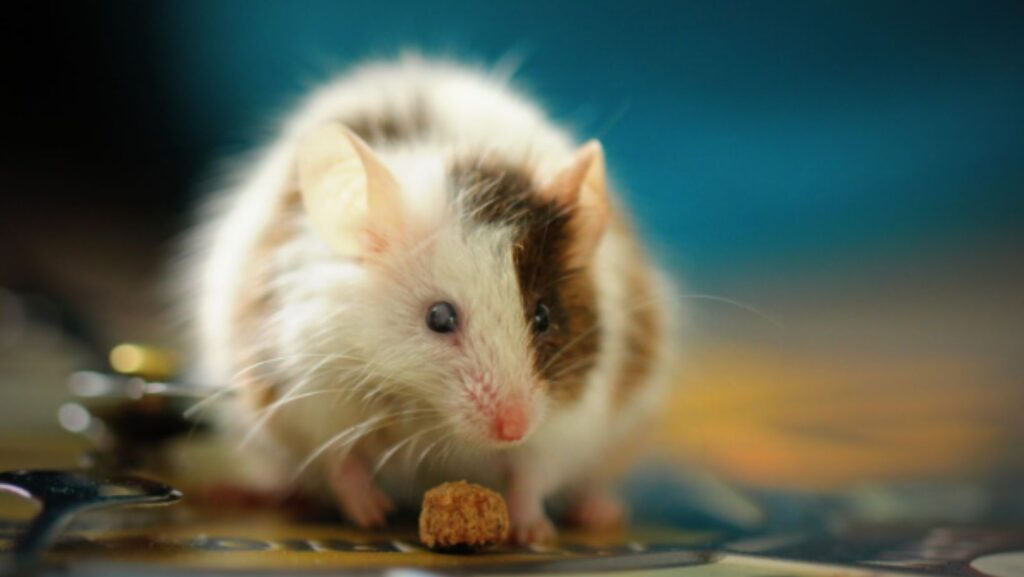Household pests, often dismissed as mere nuisances, actually pose significant health risks. They’re not just annoyances that scurry across the floor or buzz around the room; they’re carriers of disease, triggers of allergies, and instigators of various health issues.
The relevance of these pests to public health has increasingly come under scrutiny, with growing awareness of the direct and indirect health threats they present.
Contents
Table of Contents
ToggleStatistics on Household Pests
Prevalence of Household Pests
Recent data reveals a concerning prevalence of household pests like roaches and rodents. For instance, in the United States, approximately 14 million housing units reported seeing roaches, while nearly 14.8 million reported rodent sightings in a single year.
These figures are not just alarming due to their sheer volume; they also highlight a deeper issue regarding the quality of living environments and their impact on public health.
Pest Sightings and Housing Quality
The presence of pests in a home is not random; it often correlates with certain housing and neighborhood conditions. Housing units with structural problems and water leaks, for instance, are more susceptible to pest infestations.
Additionally, neighborhoods with trash or abandoned buildings nearby also report higher pest activity. This data underscores the fact that pest control is not just a matter of individual household cleanliness or maintenance but is also significantly influenced by broader environmental and socio-economic factors. Call Waynes Pest Control services to help with eliminating any kinds of pests at your home.
Income and Pest Infestations
Interestingly, the frequency of pest sightings also varies with income levels. Lower-income households tend to report more frequent sightings of pests like roaches and rodents.
This disparity points to a broader issue of environmental justice, where lower-income communities often face higher exposure to health risks, including those posed by household pests.
Identifying Common Household Bugs
Identifying the common pests that invade our homes is the first step toward effective management and control. These unwanted guests, ranging from tiny insects to larger rodents, not only cause discomfort but also pose serious health risks.
Cockroaches
Cockroaches are known for their resilience and adaptability. They are typically brownish in color and can range in size.
These pests are attracted to food, moisture, and warmth, often found in kitchens and bathrooms. They’re notorious for their rapid reproduction rate, which makes infestations a serious concern.
Health Risks
Cockroaches can be a serious health risk. They are known to carry bacteria and pathogens on their bodies, which can contaminate food and surfaces.

Additionally, their shed skin and droppings can become airborne allergens, exacerbating asthma and causing allergic reactions, particularly in children.
Rodents
Rodents, such as mice and rats, are common in both urban and rural areas. They are characterized by their sharp incisors, which continuously grow and necessitate constant gnawing. Rodents often seek shelter in homes to access food and warmth.
Health Risks
Rodents are carriers of over thirty-five diseases, which can be transmitted through bites, contaminated food or water, and inhalation of particles from their urine and droppings. These diseases include hantavirus, leptospirosis, and salmonellosis.
Mosquitoes
Mosquitoes are flying insects known for their itchy bites. They breed in stagnant water and are most active during warmer months.
Health Risks
Mosquitoes are vectors for several serious diseases, including West Nile Virus and Eastern Equine Encephalitis. These diseases can cause severe illnesses like encephalitis and meningitis and, in some cases, can be fatal.
Bed Bugs
Bed bugs are small, oval, brownish insects that feed on human blood. They are typically found in mattresses, bed frames, and other areas where people sleep.
Health Risks
While bed bugs are not known to transmit diseases, their bites can cause allergic reactions in some individuals. Moreover, the presence of bed bugs can lead to mental health concerns like insomnia, depression, social isolation, and stress.
Health Risks of Household Pests
Diseases and Health Issues
The range of diseases and health issues caused by household pests is broad. From the asthma and allergy triggers caused by cockroach allergens to the serious, sometimes life-threatening diseases spread by rodents and mosquitoes, the impact on health can be significant. These pests act as vectors, carrying bacteria, viruses, and other pathogens into homes.
Physical and Mental Health Impact
The impact of household pests extends beyond physical health risks. The stress and anxiety associated with pest infestations can have profound effects on mental health. The discomfort and fear of living in an infested home can lead to sleep disturbances, anxiety, and, in severe cases, psychological distress.
Health Risks of Household Pests (Continued)
Integrated Pest Management (IPM)
Understanding IPM: Integrated Pest Management (IPM) is a comprehensive approach to pest control that emphasizes safe, effective, and environmentally sensitive techniques.
IPM involves a combination of practices and strategies that focus on long-term prevention and control of pests.
The key components of IPM include identifying and monitoring pests, understanding pest behavior and life cycles, and utilizing a range of control methods such as biological control, habitat manipulation, and the use of resistant varieties.

Implementing IPM at Home: Homeowners can adopt IPM practices by starting with preventive measures like sealing entry points, maintaining cleanliness, and reducing moisture and clutter.
Regular monitoring for signs of pests helps in early detection, which is crucial for effective control. When pest control is necessary, IPM encourages the use of targeted methods that pose the least hazard to people and the environment, reserving chemical controls as a last resort.
Wrapping Up
Household pests, often underestimated in their potential to harm, pose significant health risks through the spread of diseases and allergens and their impact on mental health.
The understanding and management of household pests are not just a matter of individual concern but a public health priority.
By adopting IPM practices and being proactive in pest prevention and control, homeowners can significantly mitigate these risks, ensuring a healthier and safer living environment.

